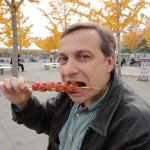 Somehow I managed not to travel anywhere in February, June, and August. But for the other nine months I had at least one out-of-town trip. It was a very good year in Science Traveling. I’ve finished traveling for the year so it’s time for a quick recap.
Somehow I managed not to travel anywhere in February, June, and August. But for the other nine months I had at least one out-of-town trip. It was a very good year in Science Traveling. I’ve finished traveling for the year so it’s time for a quick recap.
January: Everglades, Key West, and the Dry Tortugas. Besides seeing the prison cells that held the Lincoln assassination conspirators I discovered that Ernest Hemingway was a crazy cat lady. I also discovered the Holocaust Memorial in Miami Beach.
March: A relatively local trip to the eastern shore of Maryland in which I unexpectedly came upon skeleton road at Blackwater National Wildlife Refuge. I also checked in to the marine biology lab I once worked in, plus a wine tasting in St. Michaels.
April: Another semi-local trip for the annual CPRC scientific conference, this one a full-day affair at the Robinson Nature Center in Columbia, MD.
May: I started May in New England on a writer’s retreat in my old home town. I ended May in Scandinavia on a tour of Copenhagen, Stockholm, Oslo, and Bergen (with stops on the fjords). I even came across a few surprises.
July: The 4th of July brought me back to my home town for the holiday, then a road trip up to Quebec City and Montreal. On the way back the route took us on a quest for used book stores in western Vermont, Massachusetts, and Connecticut. One of the highlights was Montmorency Falls.
September: A busy fall began with a trip to New York City, where I got up close with the Statue of Liberty, saw the top of the world from the Empire State Building, the bottom of the world in the new World Trade Center Memorial and Museum, and some aircraft carriers/submarines/space shuttles.
October: Ah, Paris in the spring, er, the fall. For once the weather cooperated and the Eiffel Tower was amazing. In two short days we squeezed in a lot of venues, including Musee d’Orsay and the Pompidou Centre, then took the train through the Chunnel to London. Unfortunately I spent most of my time in the latter city hopping around on one foot.
November: The morning after returning from London I was on a plane to Salt Lake City for the annual SETAC meeting, where I picked up the award for Outstanding Regional Chapter Member. Ten days after my return I was in Gettysburg for the annual Lincoln Forum conference. And then my parents visited me for 10 days. November was a very busy month.
December: December seems low-key given that the sole trip was a long weekend to New Orleans. Okay, technically that isn’t the last trip of the year as we likely will drive up to Amish country in Pennsylvania for the Christmas weekend, but that will actually feel like a nice break from a year of science traveling.
And it was, in fact, science traveling. Every trip had some connection to a book I’m researching or a future book in the plans. It’s amazing how much science (and Lincoln and Tesla and Edison) there is when you look for it. The July 4th trip, for example, included stops in two of Thomas Edison’s most iconic laboratories, and New Orleans has a plaque at Thomas Edison Place. Lincoln was everywhere (including New Orleans).
When I wasn’t science traveling I was writing a book, two books in fact. Edison: The Inventor of the Modern World is finished and will be in Barnes and Noble bookstores in 2016. I also published an e-book available on Amazon: Abraham Lincoln and Nikola Tesla: Connected by Fate. If that wasn’t enough to keep me busy I also have read 94 books this year (with two weeks to go), chaired a scientific committee, attended various local Abraham Lincoln dinners, lectures, and symposiums, and served as a Vice President in the Lincoln Group of DC.
Next year should be even busier!
David J. Kent has been a scientist for thirty-five years, is an avid science traveler, and an independent Abraham Lincoln historian. He is the author of Tesla: The Wizard of Electricity (now in its 5th printing) and two e-books: Nikola Tesla: Renewable Energy Ahead of Its Time and Abraham Lincoln and Nikola Tesla: Connected by Fate. His book on Thomas Edison is due in Barnes and Noble stores in spring 2016.
Follow me by subscribing by email on the home page. And feel free to “Like” my Facebook author’s page and connect on LinkedIn. Share with your friends using the buttons below.



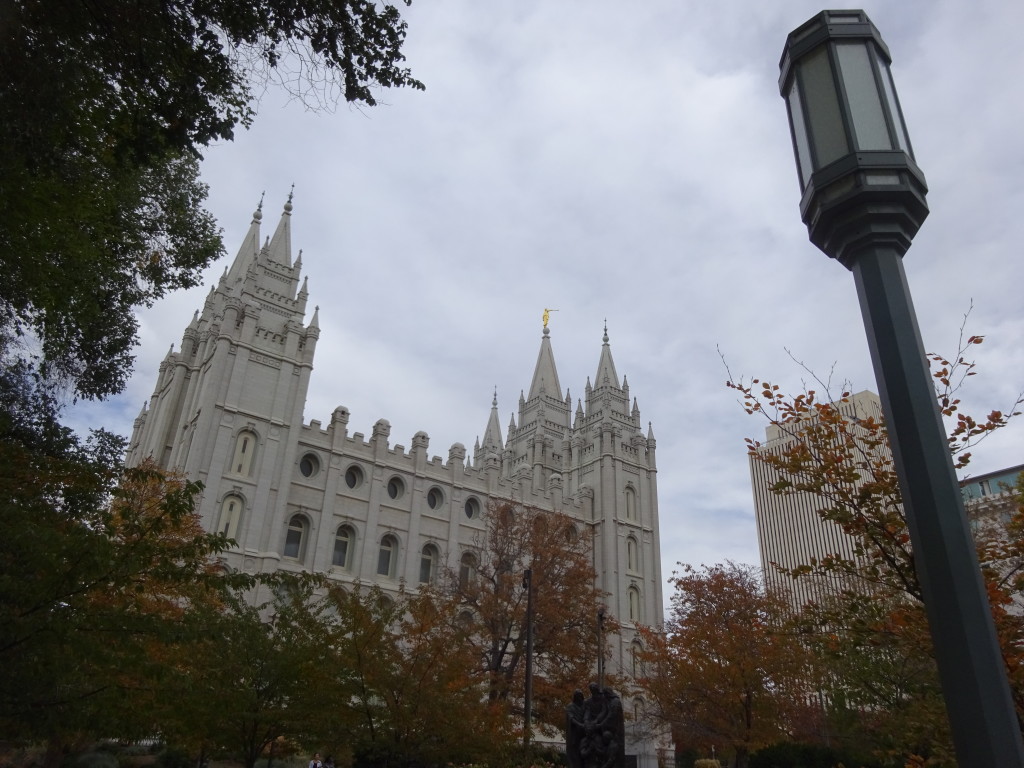
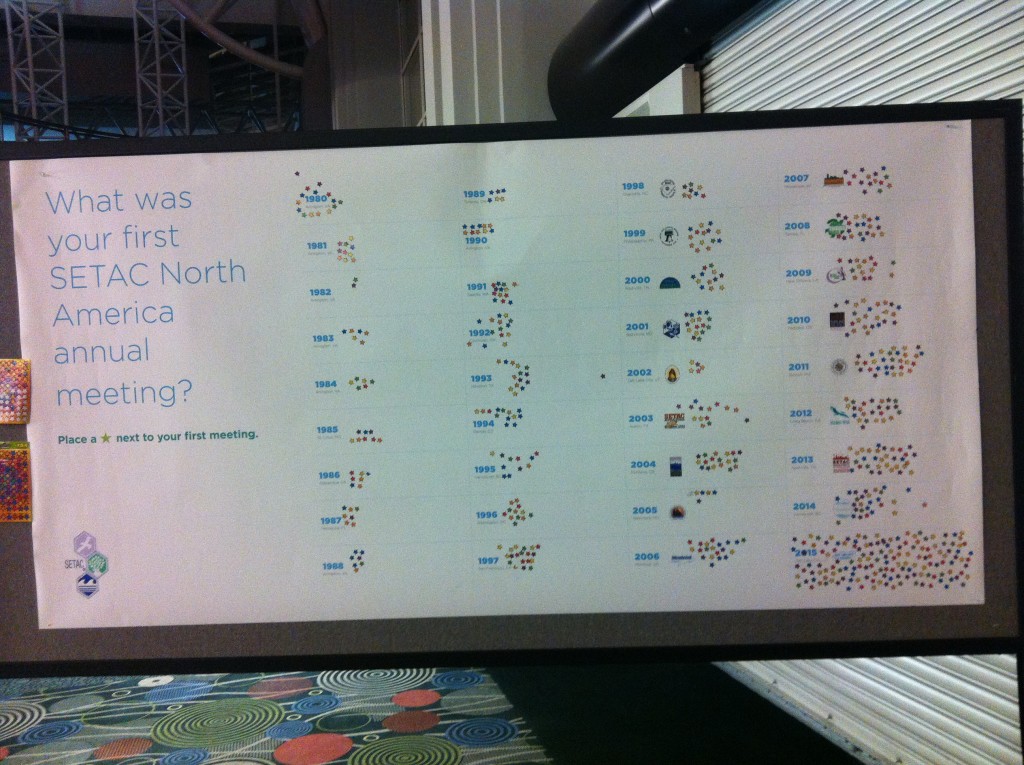
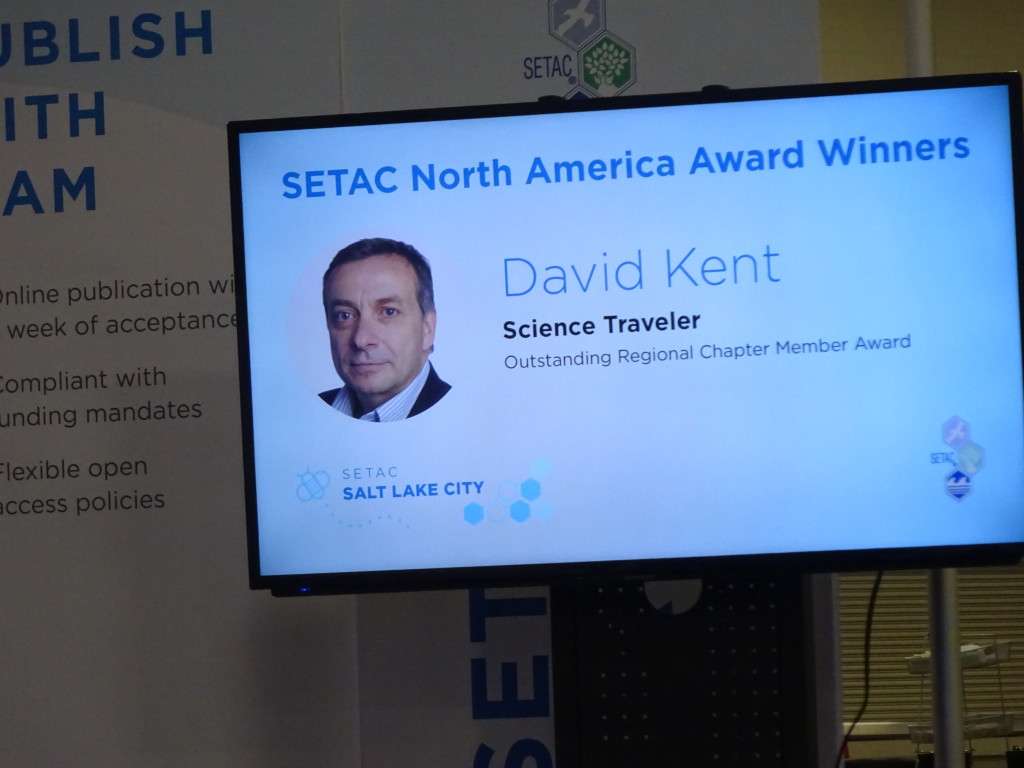
 Many years ago I lived in Bermuda for a college semester. There were 15 of us learning how to be marine biologists while living at the Bermuda Biological Station for Research. For two months we studied, we dived, we snorkeled, we spent hours bent over equipment in the laboratory searching for microscopic parasites. Fun was had by all.
Many years ago I lived in Bermuda for a college semester. There were 15 of us learning how to be marine biologists while living at the Bermuda Biological Station for Research. For two months we studied, we dived, we snorkeled, we spent hours bent over equipment in the laboratory searching for microscopic parasites. Fun was had by all.
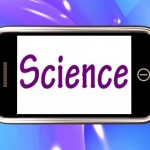 It’s time for a science debate in which all the candidates for president – Republican and Democratic – engage in an honest discussion of science-based issues. Such is the premise behind
It’s time for a science debate in which all the candidates for president – Republican and Democratic – engage in an honest discussion of science-based issues. Such is the premise behind  This is the story of Henrietta Lacks, her HeLa cells, and her family’s struggle to learn about their long dead mother. It’s also a detective story, a story of medical conduct, a story of Jim Crow, a story of modern and historical psychology, a story of ethics, and a story of religious faith. It is even a love story. It is all of these things, and Rebecca Skloot has successfully merged them into one of the most fascinating books I’ve read in many years. [
This is the story of Henrietta Lacks, her HeLa cells, and her family’s struggle to learn about their long dead mother. It’s also a detective story, a story of medical conduct, a story of Jim Crow, a story of modern and historical psychology, a story of ethics, and a story of religious faith. It is even a love story. It is all of these things, and Rebecca Skloot has successfully merged them into one of the most fascinating books I’ve read in many years. [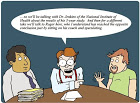 A new peer-reviewed paper was published recently in the scientific journal Theoretical and Applied Climatology. Its title is “Learning from Mistakes in Climate Research” and the objective is to survey recent “denier” papers, that is, the rare papers that reject the unequivocal scientific consensus that human activity is warming our climate system. The authors – seven climate scientists and science communicators from Norway, the Netherlands, the United States, the UK, and Australia – highlighted the errors in fact and logic common to the selected denier papers.
A new peer-reviewed paper was published recently in the scientific journal Theoretical and Applied Climatology. Its title is “Learning from Mistakes in Climate Research” and the objective is to survey recent “denier” papers, that is, the rare papers that reject the unequivocal scientific consensus that human activity is warming our climate system. The authors – seven climate scientists and science communicators from Norway, the Netherlands, the United States, the UK, and Australia – highlighted the errors in fact and logic common to the selected denier papers. We’ve talked about several of the tactics used by climate deniers to intentionally mislead the public. This past week provided a prime example of one tactic – intentionally lying about what a study says. Let’s take a closer look at how this works.
We’ve talked about several of the tactics used by climate deniers to intentionally mislead the public. This past week provided a prime example of one tactic – intentionally lying about what a study says. Let’s take a closer look at how this works.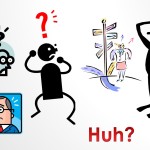 Earlier this year I posted a series of articles explaining what scientific peer-review is, and what it isn’t. The series was very popular so I’ve decided to create this single post that links to all the previous ones.
Earlier this year I posted a series of articles explaining what scientific peer-review is, and what it isn’t. The series was very popular so I’ve decided to create this single post that links to all the previous ones.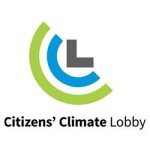 This week the Citizens’ Climate Lobby (CCL) held its 6th annual International Conference in Washington, DC. The keynote speaker was Dr. Katharine Hayhoe, an atmospheric scientist at Texas Tech University in Lubbock, Texas. In addition to being a climate scientist, Hayhoe is an evangelical Christian, which generally would be irrelevant to the discussion except that she, with her husband, pastor Andrew Farley, wrote
This week the Citizens’ Climate Lobby (CCL) held its 6th annual International Conference in Washington, DC. The keynote speaker was Dr. Katharine Hayhoe, an atmospheric scientist at Texas Tech University in Lubbock, Texas. In addition to being a climate scientist, Hayhoe is an evangelical Christian, which generally would be irrelevant to the discussion except that she, with her husband, pastor Andrew Farley, wrote  It should go without saying that when you deny reality long enough, eventually reality makes you look foolish. Climate deniers have been denying the science behind man-made climate change for so long that they have lost even the illusion of credibility. They have become their own worst enemy, and as such have put themselves on a path of complete irrelevancy.
It should go without saying that when you deny reality long enough, eventually reality makes you look foolish. Climate deniers have been denying the science behind man-made climate change for so long that they have lost even the illusion of credibility. They have become their own worst enemy, and as such have put themselves on a path of complete irrelevancy.






